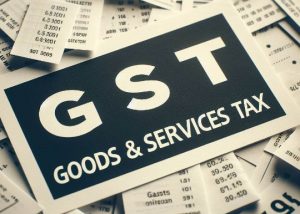

- India has a big and young population, making it a potential market for goods and services. It’s the second-largest country globally, with over 1.3 billion people, and more than half of them are under 25 years old. This means there’s a large workforce and many potential consumers, which can boost economic growth.
- The economy in India is diverse and strong, based on services, industry, and agriculture. In 2019, its GDP was around 2.9 trillion USD, making it the fifth-largest economy globally. The services sector makes up about 55% of the economy, followed by industry at 26%, and agriculture at 19%. Despite the challenges of the COVID-19 pandemic, India’s economy is expected to grow by 7.6% in 2022.
- India’s private sector is dynamic and attracts both foreign and local investments. The country has many leading companies in areas like information technology, pharmaceuticals, biotechnology, automobiles, and renewable energy. There’s also a thriving startup scene, with over 50,000 startups and 38 unicorns (startups valued at over 1 billion USD) as of 2020.
- The government in India is supportive and focused on reforms to improve the business environment, infrastructure, health, education, and social welfare. Led by Prime Minister Narendra Modi since 2014, the government introduced initiatives like the Goods and Services Tax (GST), the Ayushman Bharat health scheme, the Swachh Bharat campaign, the Ujjwala scheme, and the Insolvency and Bankruptcy Code (IBC).
- On the global stage, India holds a strategic and influential position, impacting trade, diplomacy, and security. It’s actively involved in international forums like the G20, BRICS, SAARC, ASEAN, UN, and the Commonwealth. India has also formed partnerships with various countries, including the US, Russia, China, Japan, Australia, and Israel. Additionally, as a nuclear-armed state with the fourth-largest military budget (around 71 billion USD in 2020), India plays a significant role in global security.





